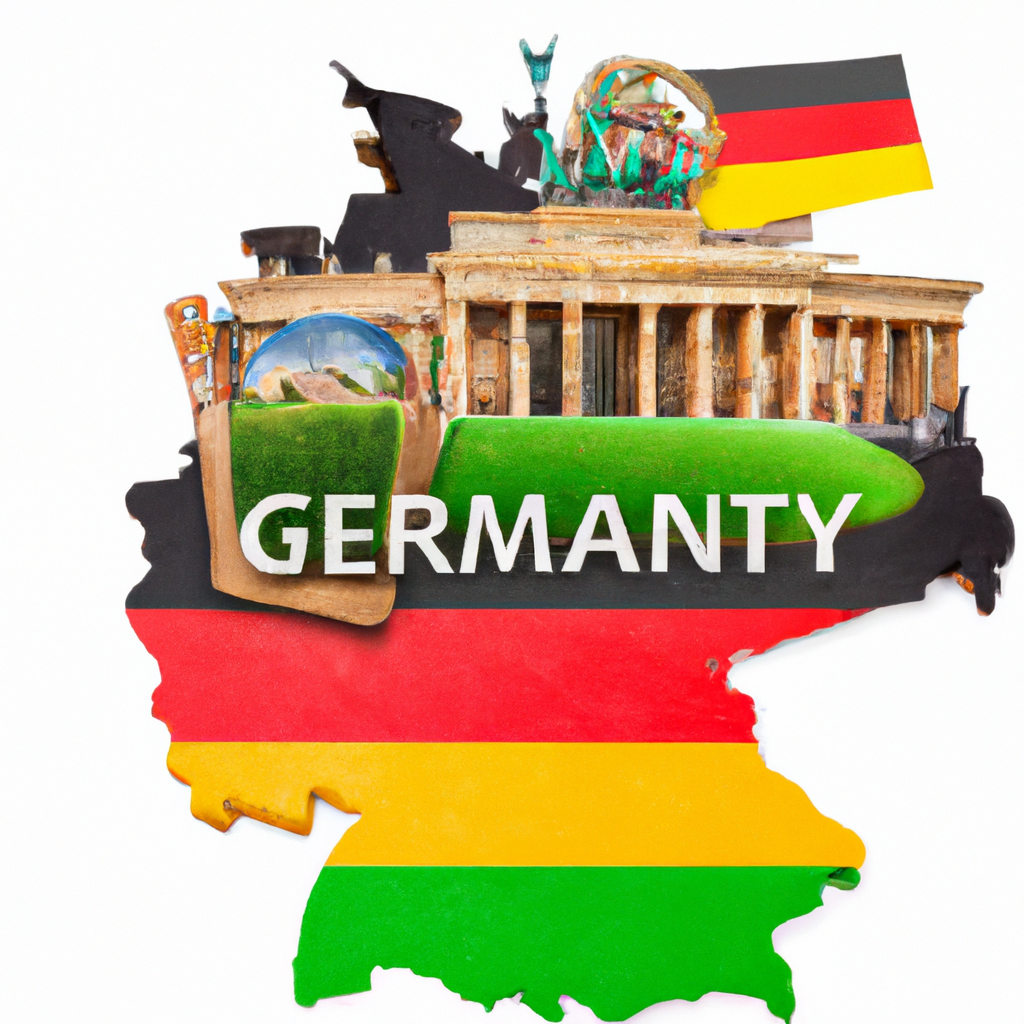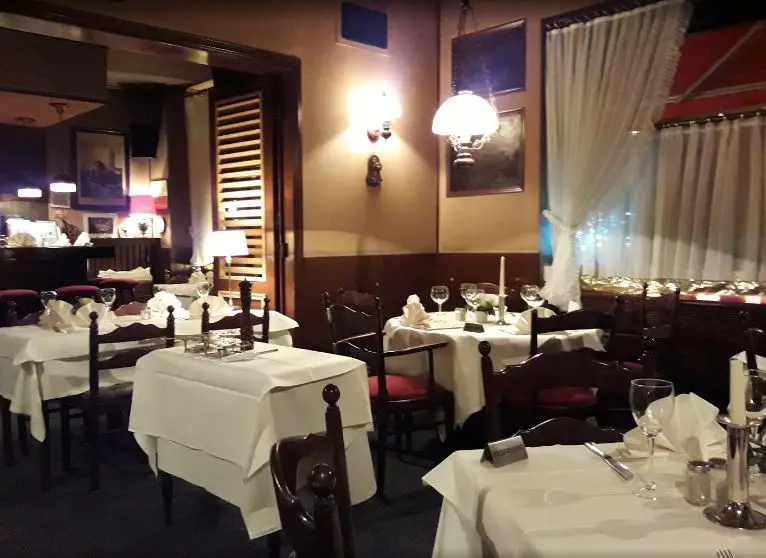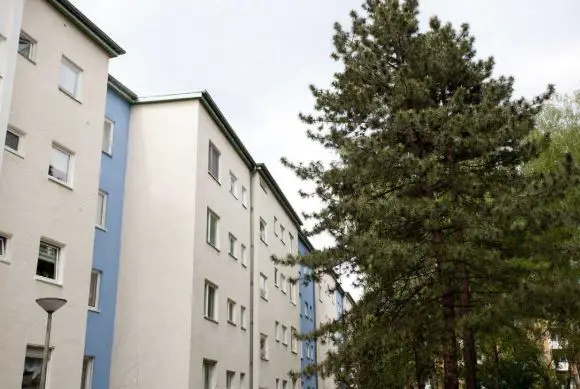Can I explore the historic Jewish Quarter in Germany?
Post ByAdequate Travel
Summary
Germany has a rich cultural history, and its Jewish Quarter is no exception. In this blog, we'll explore the Jewish Quarter of Germany and find out what it has to offer, from its religious and cultural significance, to its many attractions, and how to go about exploring it.
The place is known for its rich history and culture, welcomes tourists with open arms. However, be sure to review the travel advisory and travel warnings to ensure a safe and enjoyable experience.
Yes, you can explore historic Jewish quarters in Germany. This answer will provide a detailed explanation along with headings and examples to elaborate on the topic.1. Background of Jewish Quarters in Germany:Throughout history, Germany had a significant Jewish population, and numerous cities had dedicated areas known as Jewish quarters or "Judenviertel." These districts were home to Jewish communities, synagogues, businesses, and cultural institutions. They offer valuable insights into the rich Jewish heritage in Germany.2. Preservation and Restoration:In recent years, Germany has undertaken extensive efforts to preserve and restore its historic Jewish quarters. Many of these areas were severely damaged or destroyed during the Nazi regime and World War II. However, ongoing restoration projects aim to revitalize the Jewish quarters and preserve their historical significance.Example: The "Judengasse" in Frankfurt is one such restored Jewish quarter. It is one of the oldest and most important Jewish ghettos in Europe, dating back to the 15th century. Today, visitors can explore this reconstructed quarter, which includes a museum showcasing Jewish life and history in Frankfurt.3. Cultural and Historical Significance:Visiting a historic Jewish quarter in Germany provides a unique opportunity to experience the cultural and historical significance of Jewish communities. These areas offer a glimpse into the vibrant Jewish life that once thrived before the Holocaust.Example: The Jewish Quarter in Berlin, known as "Scheunenviertel," was once home to a vibrant Jewish community. Today, visitors can walk through this area and witness remnants of Jewish history, including the restored Jewish Cemetery in Berlin's Mitte district.4. Synagogues and Religious Institutions:Exploring the Jewish quarters in Germany often involves visiting beautifully restored synagogues and other religious institutions. These architectural marvels not only testify to the once-thriving Jewish presence but also provide insight into Jewish religious practices and traditions.Example: The "Ehemalige Synagoge Lechenich" in Erftstadt near Cologne is a historical synagogue that has been restored to its former glory. It now serves as a cultural center and museum, offering visitors a unique perspective on Jewish heritage.5. Cultural Events and Festivals:Certain Jewish quarters in Germany host cultural events and festivals throughout the year. These events aim to celebrate Jewish traditions, raise awareness, and foster intercultural dialogue.Example: The annual Jewish Culture Weeks in Munich feature various cultural activities, including art exhibitions, concerts, and lectures. Visitors can immerse themselves in the vibrant Jewish heritage of Munich and witness the resilience of the Jewish community.In conclusion, yes, you can explore the historic Jewish quarters in Germany, which offer valuable insights into Jewish culture, history, and religious traditions. These areas have been restored or reconstructed, providing visitors with an immersive experience and the opportunity to learn about the once-thriving Jewish communities that existed before the Holocaust.
Yes, you can explore historic Jewish quarters in Germany. This answer will provide a detailed explanation along with headings and examples to elaborate on the topic.1. Background of Jewish Quarters in Germany:Throughout history, Germany had a significant Jewish population, and numerous cities had dedicated areas known as Jewish quarters or "Judenviertel." These districts were home to Jewish communities, synagogues, businesses, and cultural institutions. They offer valuable insights into the rich Jewish heritage in Germany.2. Preservation and Restoration:In recent years, Germany has undertaken extensive efforts to preserve and restore its historic Jewish quarters. Many of these areas were severely damaged or destroyed during the Nazi regime and World War II. However, ongoing restoration projects aim to revitalize the Jewish quarters and preserve their historical significance.Example: The "Judengasse" in Frankfurt is one such restored Jewish quarter. It is one of the oldest and most important Jewish ghettos in Europe, dating back to the 15th century. Today, visitors can explore this reconstructed quarter, which includes a museum showcasing Jewish life and history in Frankfurt.3. Cultural and Historical Significance:Visiting a historic Jewish quarter in Germany provides a unique opportunity to experience the cultural and historical significance of Jewish communities. These areas offer a glimpse into the vibrant Jewish life that once thrived before the Holocaust.Example: The Jewish Quarter in Berlin, known as "Scheunenviertel," was once home to a vibrant Jewish community. Today, visitors can walk through this area and witness remnants of Jewish history, including the restored Jewish Cemetery in Berlin's Mitte district.4. Synagogues and Religious Institutions:Exploring the Jewish quarters in Germany often involves visiting beautifully restored synagogues and other religious institutions. These architectural marvels not only testify to the once-thriving Jewish presence but also provide insight into Jewish religious practices and traditions.Example: The "Ehemalige Synagoge Lechenich" in Erftstadt near Cologne is a historical synagogue that has been restored to its former glory. It now serves as a cultural center and museum, offering visitors a unique perspective on Jewish heritage.5. Cultural Events and Festivals:Certain Jewish quarters in Germany host cultural events and festivals throughout the year. These events aim to celebrate Jewish traditions, raise awareness, and foster intercultural dialogue.Example: The annual Jewish Culture Weeks in Munich feature various cultural activities, including art exhibitions, concerts, and lectures. Visitors can immerse themselves in the vibrant Jewish heritage of Munich and witness the resilience of the Jewish community.In conclusion, yes, you can explore the historic Jewish quarters in Germany, which offer valuable insights into Jewish culture, history, and religious traditions. These areas have been restored or reconstructed, providing visitors with an immersive experience and the opportunity to learn about the once-thriving Jewish communities that existed before the Holocaust.
Suggested Questions
- Drachenfels, Königswinter: Horror Story, History & Paranomial Activities
- Altes Rathaus, Munich: Horror Story, History & Paranomial Activities
- Berliner Unterwelten, Berlin: Horror Story, History & Paranomial Activities
- Heilig-Geist-Spital, Nuremberg: Horror Story, History & Paranomial Activities
- Walhalla Memorial, Donaustauf: Horror Story, History & Paranomial Activities
- Frankenstein Castle, Darmstadt: Horror Story, History & Paranomial Activities











